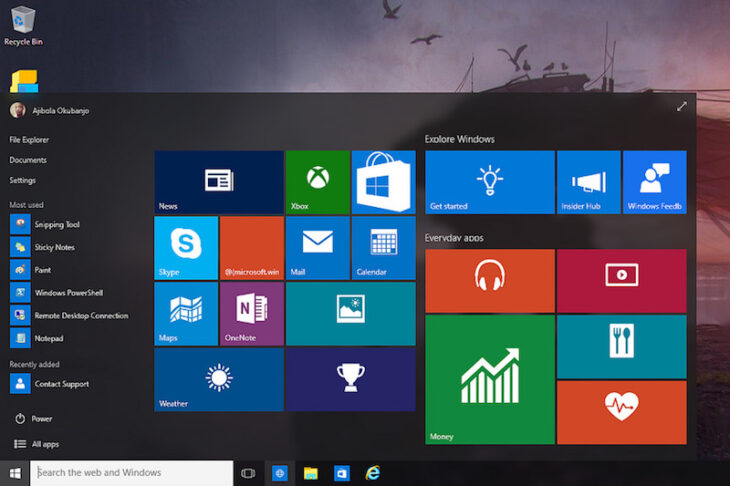Podcast: Play in new window | Embed
Gabe asked: “I’m running Windows 10 and I have an Ad hoc network. I would like to use WPA encryption and also not broadcast the SSID. Is there a way to do this?”
As you probably know Microsoft for some reason restricted the ability to create ad-hoc networks after Windows 7.
Creating them now involves opening a command prompt Windows as an administrator and using the netsh command.
Unfortunately, as far as we know, the netsh command does not allow the user to hide the network’s SSID, however netsh uses WPA as it’s standard encryption.
If your network is currently not using WPA, try this command to set up a new network:
netsh wlan set hostednetwork mode=allow ssid=networkName key=PasswordGoesHere
netsh netsh wlan start hostednetwork
Hiding the SSID of a wireless network is really more of a router trick, which of course is an infrastructure network, not ad hoc. The very nature of an ad hoc network, that being its ability to let devices come and go without restriction, since they don’t have to authenticate to the router, sort of requires an SSID.
Hiding the SSID of a wireless network is really more of a router trick
In fact, it isn’t uncommon for every device on an ad hoc network to broadcast an SSID. That’s because in an ad hoc network, every device can forward packets to other devices. You don’t have a single router. Devices communicate directly with each other (hence the “ad hoc” name).
Most people notice this when they add things like wireless printers and streaming media boxes to their home wireless network. Those devices connect to the wireless router but they also broadcast their own SSIDs because they can work in an ad hoc network as well as an infrastructure one.
So while we can help you with the magic command that gets the ad hoc network going in Windows, I don’t think we can do much to help you hide the SSID. If any of our listeners know some white hat hacking techniques for doing that, be sure to call in (1-80-899-4686) and help Gabe out!



THis was a perfect explanation. I tried several searches without getting the right info before finding your page. Thank you!
Also learned a little more about adhocs & how they work – thanks again!